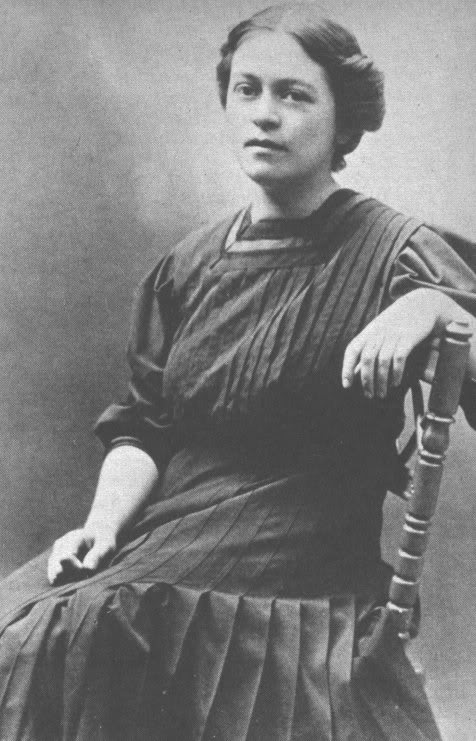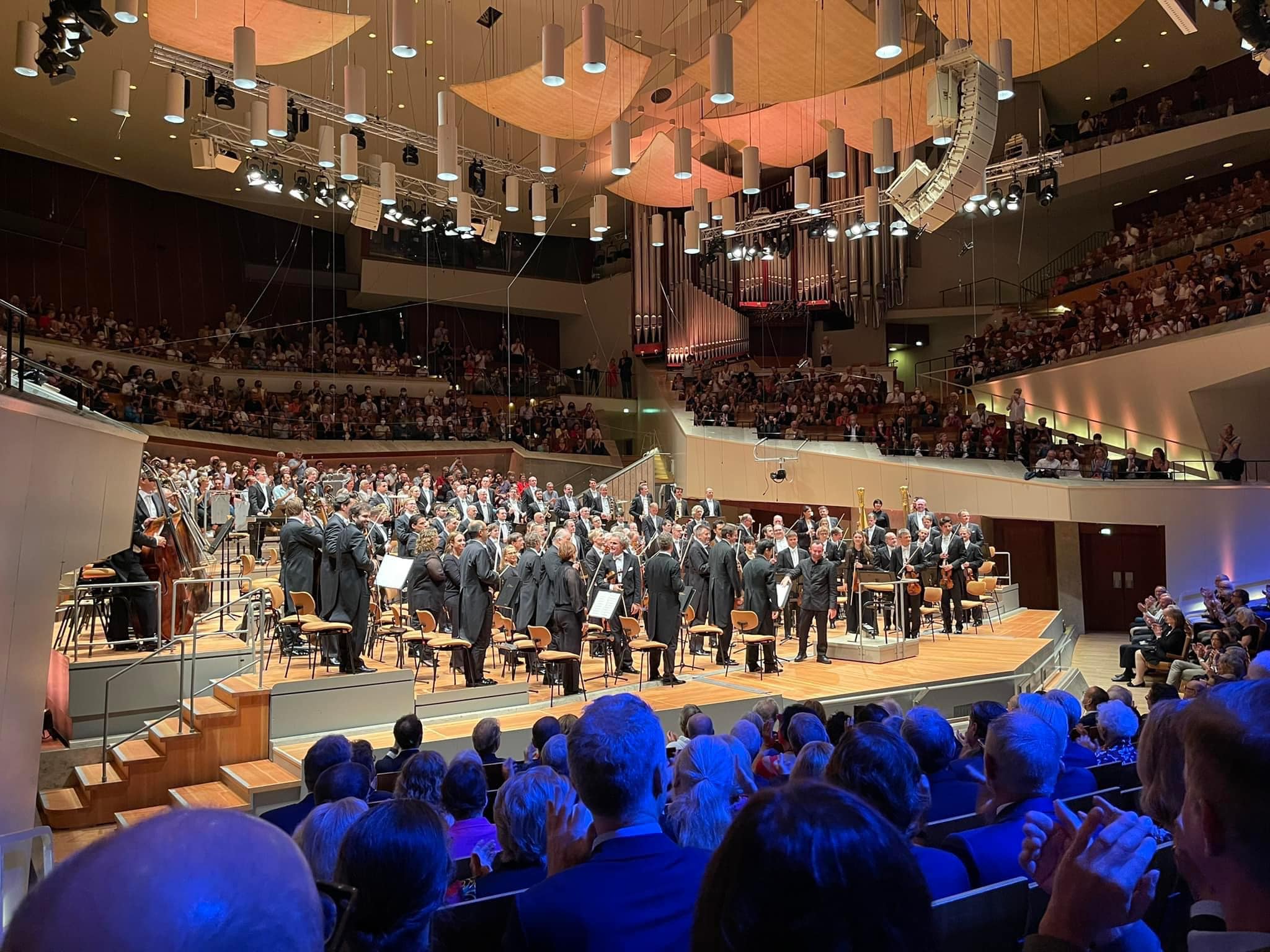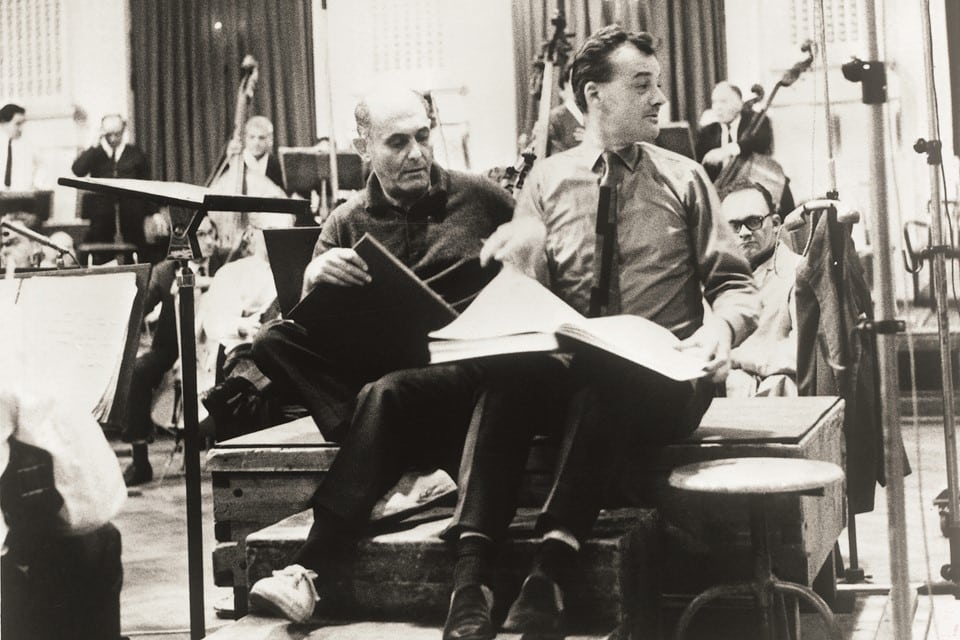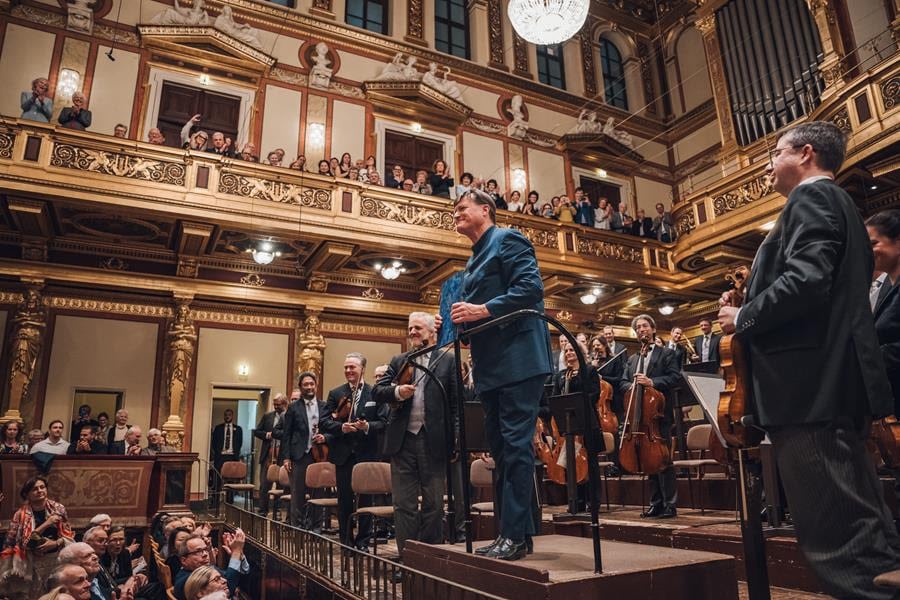Watch: All the sex in Alban Berg’s Lyric Suite
mainThe Emerson Quartet have made a little film.


There is no room for Sir Simon Rattle…

Decca is marking the birth centenary of John…

Ignore the annual furore about pop insertions at…

The Vienna Philharmonic has just awarded honorary membership…

Session expired
Please log in again. The login page will open in a new tab. After logging in you can close it and return to this page.
Here’s more on the entire 60-minute film http://www.overtonefilms.com/suite.html
Can’t tell if it has already been shown on ORF-Austrian state TV or not. Or anywhere else, for that matter
==Or did Berg– a highly dramatic composer– seek out an impossible romance in order to inspire his compositions?
That’s a fair point. Personally I find this whole Coronation Street scenario going on behind the LS quite distracting and just like listening to it.
That’s exactly the case with Berg: he needed the inspiration. However, you cannot really understand the piece without the story behind. Btw: Adorno, who was personally involved in the affair as Berg’s “postillon d’amour” called the LS a “latent opera”, but certainly did not want to share with us the background and especially did not want to confess that the LS is real programme music, which is quite unusual for a string quartet. The many quotes from Wagner and Zemlinsky are the reason why LS is not 100% composed in twelve tone music.
I love the wonderful and beautiful Rene Fleming. I’ve seen her perform many times.
Judging from the neurotic music itself, it must have been a tortured and twisted obsession, and prominently unhealthy. I wonder how that was experienced, in reality, on the receiving end.
Intense, yes; neurotic, no.
“Neuroses are characterized by anxiety, depression, or other feelings of unhappiness or distress that are out of proportion to the circumstances of a person’s life.” Projected on music, this description can be understood as follows: the use of dissonance and dislocated, painful harmonic sequences and sound effects of a work, out of proportion to the tonal language in which it is embedded. Those means are great as expressive tools, but music does not necessarily always have to focus on them to be expressive. Neurosis is the expression of the subconscious of suppressed emotions and / or ideas, coming-out in a twisted form. Thinking of the conflict of early 20C Vienna between a superficially ‘classicist’ way of life and the disturbing reality underneath, Schoenberg, Berg and Webern are perfect examples of this condition. They are the neurotic products of the local clash between classicism and modernity, which did not happen in Paris in the same period because French culture reacted differently to modernity.
https://www.britannica.com/science/neurosis
Also, such expressive means in music have a numbing effect if used too much, their expressive force erodes. Hence the very effective dissonances in Bach, which are striking in relation to the average musical language, and we still listen to them and experience them as dissonance. It is all a matter of context. When a musical language turns into an overall dissonant one, as in postwar modernism, the interrelationships between the notes disappear and only the sound patterns remain. What for Berg meant an extreme expressive tool, becomes flat acoustical matter.
Well, FWIW (not much, maybe) in a substantial but not yet performed piece I finished in 2016, I associate extreme consonance with the inevitability of death and restless dissonance with the constantly renewing vagaries of life. (It’s not quite that straightforward, but that’s the gist.) I don’t subscribe to your narrowly circumscribed aesthetic.
‘Narrow’ or ‘broad’ aesthetics have, it seems to me, nothing to do with this…. Indeed, the life giving force in music is the alternation of differences in tension, or of tonality, or static and moving elements, all dependent upon context. Even at a basic level, contrasts keep the interest going. Berg’s music is so overall chromatic and dissonant that its danger is to result in something amorph and opaque, ironically enough, like some early Renaissance music where there are hardly any dissonances and everything is smooth and harmonious.
When Berlioz described his stay in Rome, he tells the story of his attending a performance in the Sixtine Chapel of choral pieces by Palestrina which he found beautiful for a couple of minutes and then quickly, profoundly boring, as if the music was produced by a smooth machine. (This reminds me of much ‘process music’.) But the idiom of, for instance, Mozart is full of life, while the triads and harmonious intervals reign supreme – only occasionally peppered with expressive chromaticism (like in his late string quintet in g minor). Life in music is not dependent upon dissonance, it depends upon the combination of differences.
I’ve adored the music of Berg since I discovered it in adolescence in the 1950s. Although it is undoubtedly often intense, it’s never struck me as especially neurotic, nor, although often fairly dense, as lacking in contrast. I rarely if ever attempt to emulate it, but that doesn’t mean I don’t respond to it deeply.
No doubt that he was a great composer and, I think, better than Schoenberg and Webern. I always found it regrettable that he was so dominated by Schoenberg, so much so that he began to use the 12-tone system which he did not need at all (as Wozzeck shows). The system made his music even more twisted and neurotic, I find. His work belongs to a certain time and place.
Got to absolutely agree with you here; the excesses of romanticism lead to this.
Great piece and great story. This epk is already from 2015. Actually, Professor Constantin Floros was the first who discovered this private programme just by pure analysis and published an article about it in 1975. Perle found that annotated score a bit later but this score doesn’t tell the whole story at all even if he was the first who made known that Hanna Fuchs was the one and not Helene. However, the story behind the piece goes much deeper. There a deep links to Wagner’s Liebestod and Zemlinsky’s Lyric Symphony and so on. Please read: https://www.peterlang.com/view/title/16549
Since this has the Decca logo, I assume it’s going to be issued on a cd and/or dvd (?).